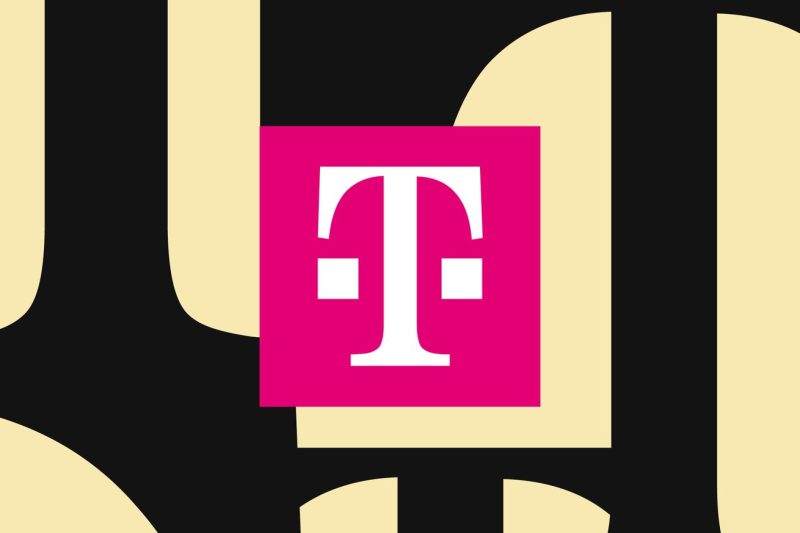The recently approved Starlink’s direct-to-cell satellite service can offer a beacon of hope for areas adversely affected by natural disasters like Hurricane Helene. Combining the power of satellite technology with cellular communication, this pioneering service can revolutionize the way emergency response and communication are handled in disaster-stricken regions.
One of the key advantages of Starlink’s direct-to-cell satellite service is its ability to maintain communication even in areas where traditional infrastructure has been severely damaged or completely destroyed. When disasters like Hurricane Helene strike, one of the biggest challenges faced by authorities and relief organizations is the breakdown of communication networks, hampering coordination and assistance efforts. However, with Starlink’s service in place, emergency responders can stay connected and efficiently coordinate rescue and relief operations.
Furthermore, the direct-to-cell satellite service’s high-speed connectivity can enable effective communication between emergency responders and affected communities. In times of crisis, timely and accurate information can make a significant difference in saving lives and minimizing damage. By providing a reliable communication channel, this service can ensure that critical information reaches those in need promptly, allowing for better decision-making and response coordination.
Moreover, the versatility and scalability of Starlink’s direct-to-cell satellite service make it well-suited for rapid deployment in disaster-affected areas. Traditional communication infrastructure often takes a significant amount of time to repair and restore, prolonging the communication blackout in critical hours following a disaster. In contrast, the satellite-based service can be quickly set up and activated, bridging the communication gap and ensuring that aid reaches the affected population swiftly.
In addition to its utility in immediate disaster response, Starlink’s service can also play a crucial role in long-term recovery and rebuilding efforts. As affected communities strive to recover from the aftermath of a disaster, reliable communication becomes essential for coordination, resource allocation, and rebuilding activities. The direct-to-cell satellite service can support these endeavors by providing a reliable and robust communication network that facilitates collaboration and support among various stakeholders.
Overall, the approval of Starlink’s direct-to-cell satellite service for areas hit by Hurricane Helene marks a significant development in disaster response and communication technology. By leveraging the power of satellite connectivity, this service has the potential to enhance emergency response capabilities, improve coordination among responders, and support the recovery and rebuilding efforts of disaster-affected communities. In times of crisis, effective communication can be a lifeline, and Starlink’s innovative service offers a promising solution to ensure that this lifeline remains unbroken.

